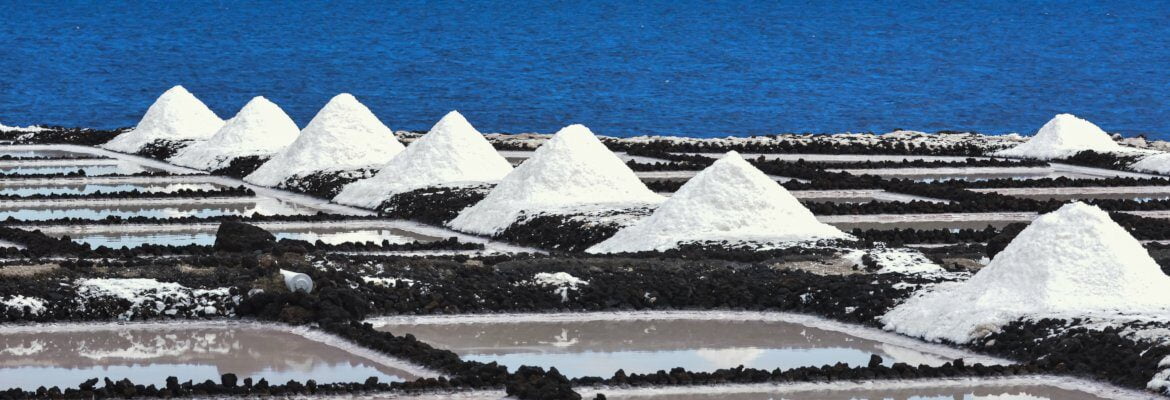The Canary Islands are an archipelago of seven Spanish Sub-tropical islands lying off the coast of the western edge of North Africa’s Sahara desert.
Tenerife, Gran Canaria, Lanzarote and Fuerteventura are well-established tourist centres, attracting millions of tourists every year, while the Western islands of La Palma, La Gomera and El Hierro are a little more off the beaten track, and attract those who prefer walking in the mountains to sunbathing on the beach.
The Eastern Islands of Lanzarote and Fuerteventura are desert-like, while the Western, more mountainous islands are greener – especially on the Northern slopes.
Evidence of the Island’s Volcanic nature is everywhere; from the stunning Timanfaya National Park in Lanzarote, where visitors can sample food cooked using volcanic heat, to the sulphurous fumaroles at the top of Tenerife’s towering 3718-meter Mount Teide – Spain’s highest peak. The most recent eruption was a small submarine eruption off the south coast of El Hierro in 2011.
The islands are extremely diverse, with some described as being like continents in miniature; Tenerife’s highest peak can be capped with snow, while tourists sunbathe on the beach below. And Fuerteventura’s vast white sand dunes are a far cry from La Palma’s towering Pine forests.
Follow the links on this website to learn more about each of the Canary Islands and discover which ones you would like to visit.
The Islands
Tenerife – Party in the south or climb Spain’s highest peak, the 3718 meter-high Teide Volcano.
Gran Canaria – Explore the city of Las Palmas, go hiking in pine forests, or relax on the beaches of Maspalomas.
Lanzarote – Visit the spectacular Timanfaya National Park where they cook using volcanic heat.
Fuerteventura – The best beaches in the Canaries – over 75km of them!
La Palma – La Isla Bonita (the Beautiful Island).
El Hierro – Still unspoilt, El Hierro offers great scuba diving, and is off the beaten track.
La Gomera – Go hiking in the cloud forest at Garajonay National Park.




